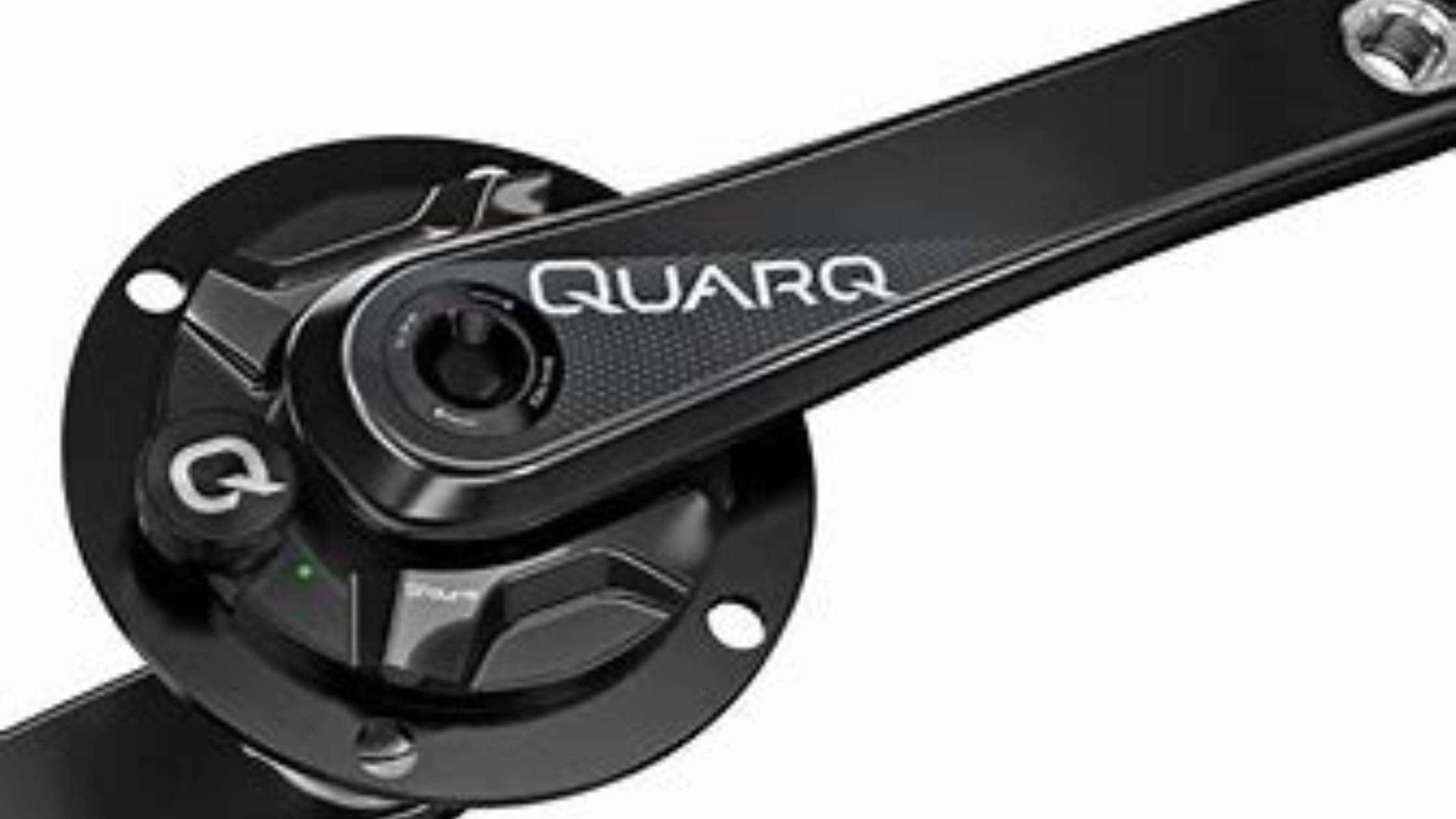No products in the cart.
What to Look for When Shopping for a Power Meter
- Posted on

With the increasing popularity of cycling power meters, athletes often ask what power meter is the best, and what type they should purchase. There are many different options, and it can paralyze some if uncertain about what to buy. In the last 20 years of using them, coach Brady has tried many different types and brands, and here are his key variables to consider when purchasing a power meter.
Compatibility – This is detail number one! If it doesn’t fit your bike, it won’t do you any good, and there are several variables to consider, such as:
- Crank Based: Spindle length, spindle diameter, crank arm width, and chainring compatibility
- Pedal Based: Pedal body type (Speed play, Look, Shimano etc), pedal q-factor (width of cleat/feet), ability to be rebuilt or repaired
Reliability – Does the brand have a history of creating a quality product that is dependable, provides precise data and has good battery life.
Durability – Everything has a life expectancy, but certain details play into it. For example, a pedal is exposed in the incidence of a crash, whereas a crank-based system is a bit more protected in that case. Chainrings are another detail to consider, and if it is a one-piece or if chainrings are replaceable.
Price Point – If it doesn’t fit the budget, it doesn’t matter, but if it fits the budget and doesn’t work, it really doesn’t matter! Right?
Our current “go to” power meters that we have seen our athletes have great success with and personally liked are the Quarq Power meter or the Favero Assioma power pedals.
If you are uncertain about what power meter would work best for your, let us know! [email protected]
